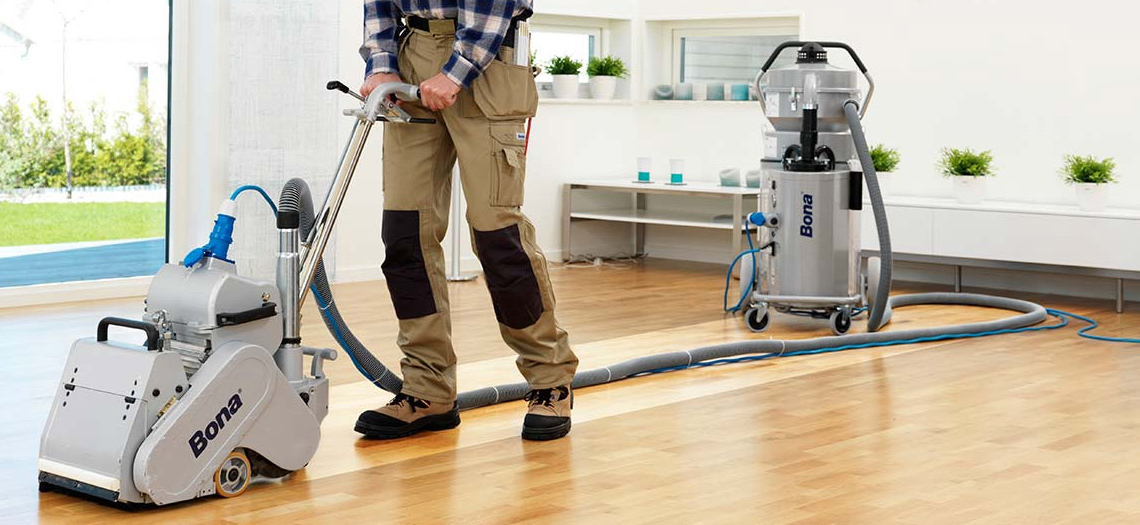Timber floors are a timeless addition to any home, but they can show signs of wear and tear over the years. From scratches and dents to dull finishes, your once beautiful floors may need a little TLC to bring them back to life. Fortunately, timber floor sanding techniques can restore your old floors, making them look as good as new.
This blog explores essential timber floor sanding techniques and tips to help you breathe new life into your floors. Whether you tackle this as a DIY project or hire a professional, you’ll find these methods easy to understand and apply.
Why Sanding is Crucial for Timber Floors
Sanding is crucial in maintaining timber floors because it removes the top layer of wood, often where most of the damage lies. Scratches, dents, and worn-out finishes are sanded away, leaving a fresh surface ready for refinishing.
Any new finish applied without sanding will not adhere properly, leading to an uneven or patchy result. Using the right timber floor sanding techniques, you can restore your floors’ natural beauty, protect them from further damage, and increase their lifespan.
Preparing Your Floors for Sanding
Before diving into sanding, it’s important to prepare your floors properly:
- Clean the Floor: Clean and vacuum to remove dust, dirt, and debris. This prevents any particles from interfering with the sanding process.
- Repair Damaged Areas: Check for any nails, screws, or loose floorboards. If you notice any damage, fix it before you start sanding.
- Choose the Right Equipment: Depending on the size of the area and the condition of the floor, you’ll need a drum sander or an orbital sander to complete this project yourself.

Timber Floor Sanding Techniques
Several key timber floor sanding techniques can help you achieve the best results.
1. Start with a Coarse Grit Sandpaper
When sanding, always begin with coarse-grit sandpaper (around 36 to 40 grit). This rougher grit helps remove the floor’s top layer, including old varnish, stains, and scratches. Make sure to sand in the direction of the wood grain to avoid creating additional scratches on the surface.
Once the initial sanding is complete, you can move on to finer grits to smooth the surface.
2. Gradually Move to Finer Grits
After using coarse-grit sandpaper, it’s essential to gradually work your way to finer grits (60 to 80 grit). This step will smooth out any scratches from the coarse sanding and prepare the floor for the finishing stages.
For the final pass, use a grit of 100 to 120. This will create a smooth, even surface ready for staining or sealing.
3. Pay Attention to the Edges
While the large areas of your floor may be easy to sand with a drum or orbital sander, the edges can be tricky. For corners and edges, use an edge sander or a handheld sanding tool to ensure these areas are just as smooth as the rest of the floor. Remember to maintain even pressure to avoid gouging the floor.
4. Dust Control is Key
Sanding can create a significant amount of dust, so keeping the area as clean as possible during the process is important. Use a vacuum attachment on your sander to collect dust, and regularly clean up as you go. Not only will this keep your workspace tidy, but it will also help the sanding process go smoothly.
5. Always Test Your Stain or Finish
Once your floor has been sanded, it’s time to apply a stain or finish. Before applying the stain to the entire floor, always test it on a small, inconspicuous area to ensure it gives you the desired result. This way, you can adjust the colour or finish before committing to the whole floor.
Maintaining Your Restored Floors
After all your hard work, you’ll want to ensure your restored floors stay in great shape. Regular sweeping, avoiding harsh chemicals, and using protective pads under furniture can go a long way in preserving your floor’s beauty. Refinishing every few years can also help maintain the appearance of your timber floors for decades.
Conclusion
Restoring your old timber floors may seem daunting, but with the right preparation and timber floor sanding techniques, you can bring them back to their original glory. From choosing the right equipment to perfecting your sanding technique, every step is important to achieving a smooth, even finish. By following these tips, you’ll revive your floors and protect them for years to come.
So, whether you’re a DIY enthusiast or planning to hire a professional, don’t be afraid to give your floors the care they deserve with expert timber floor sanding techniques! Prestige Floors Service stands out as the superior choice for all your timber floor sanding Melbourne work. We bring you the most knowledge and experience with certified technicians who are ready to serve you.
